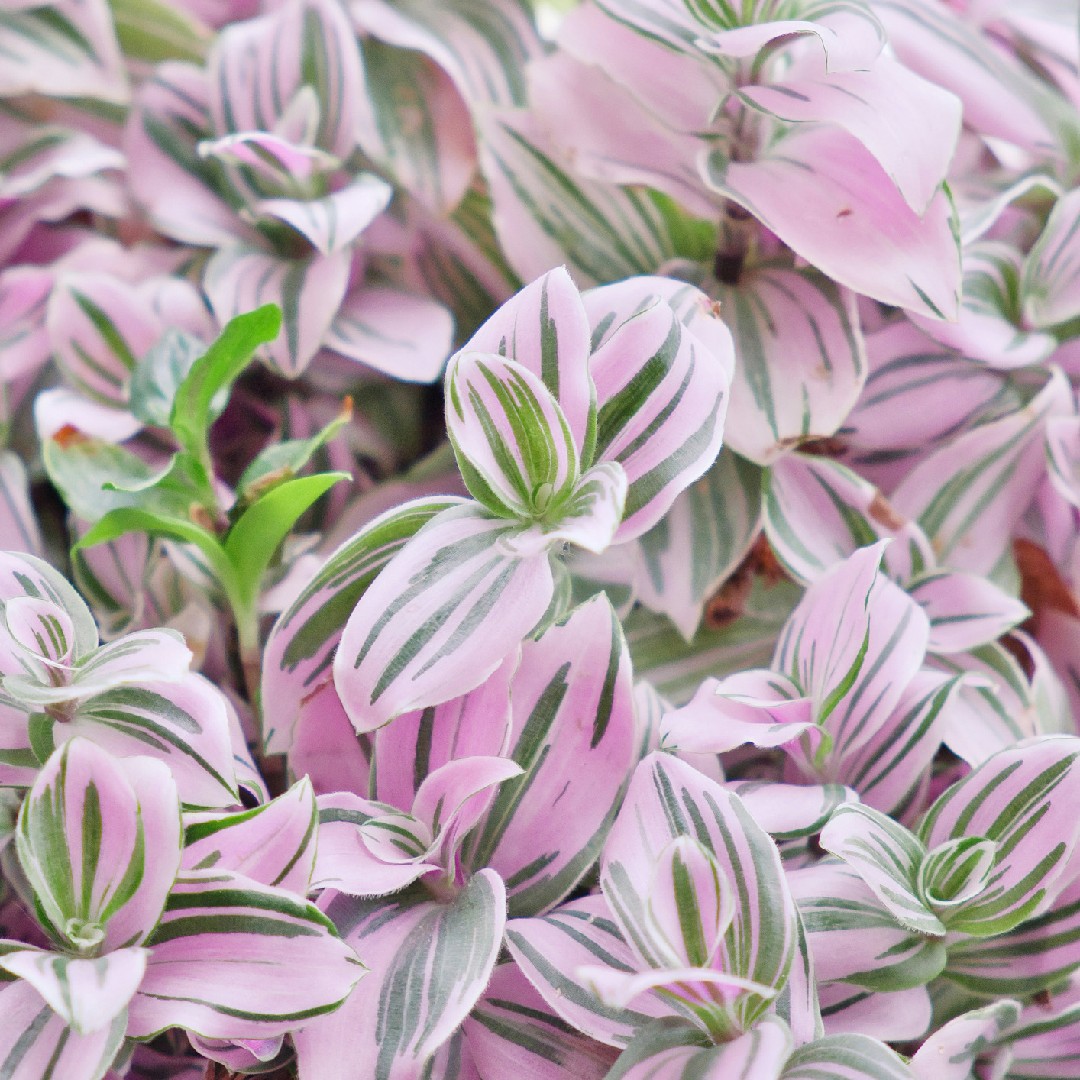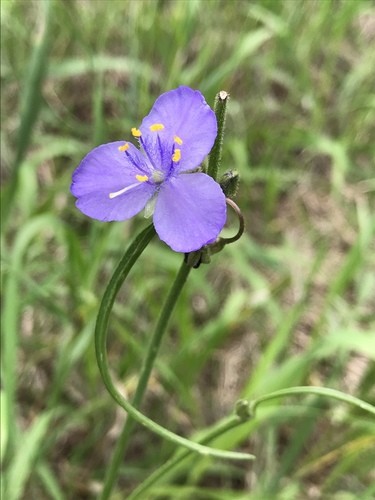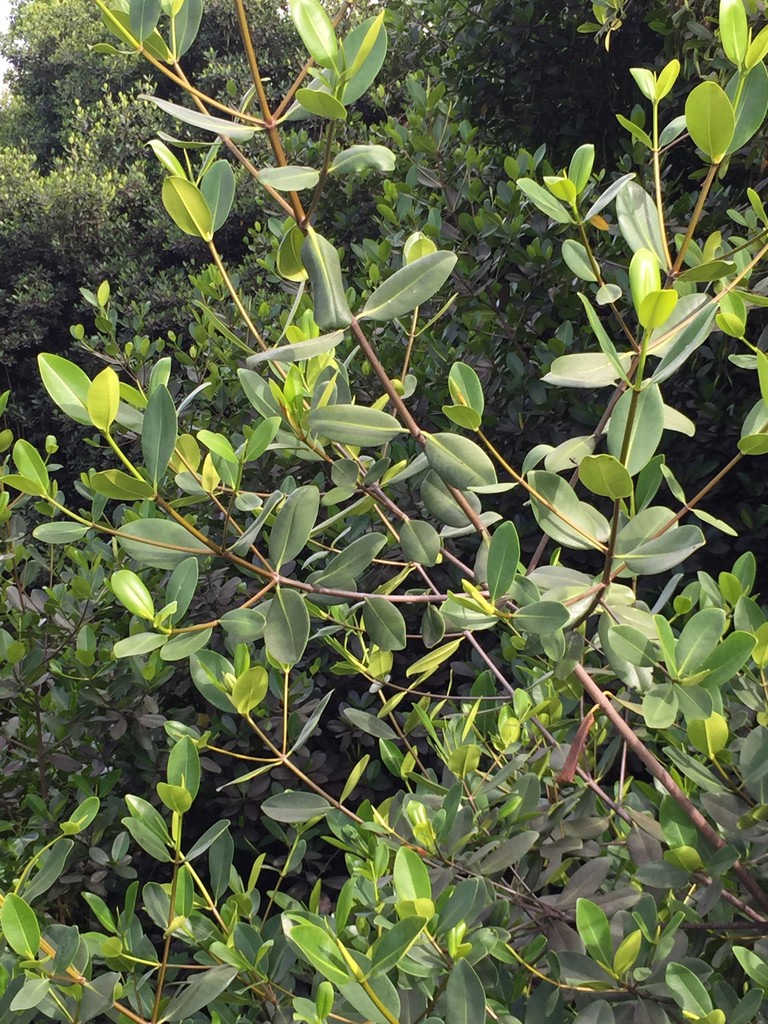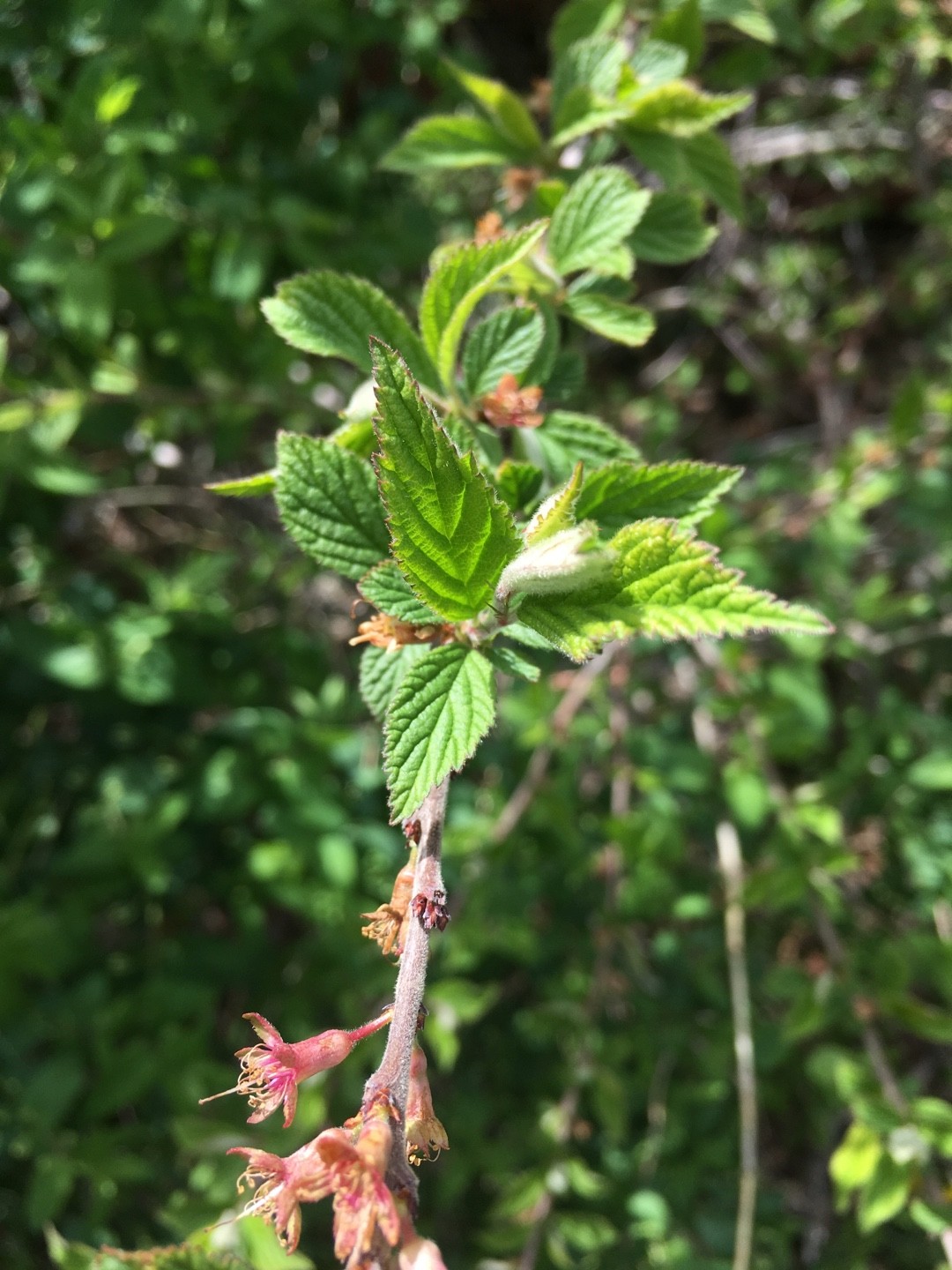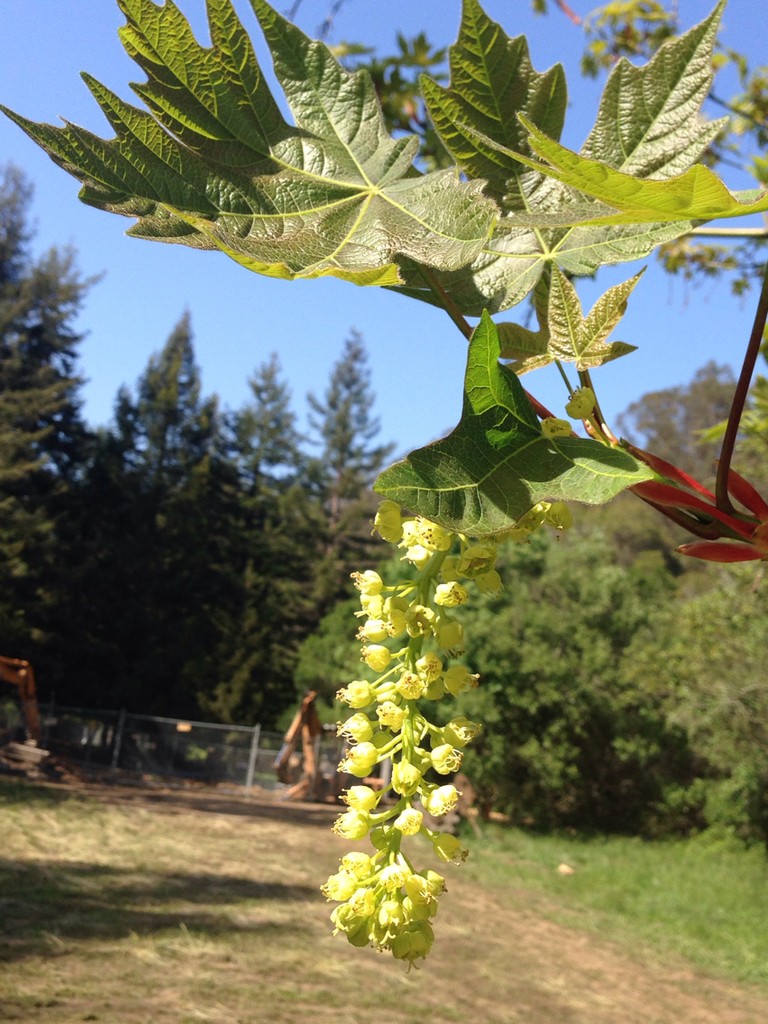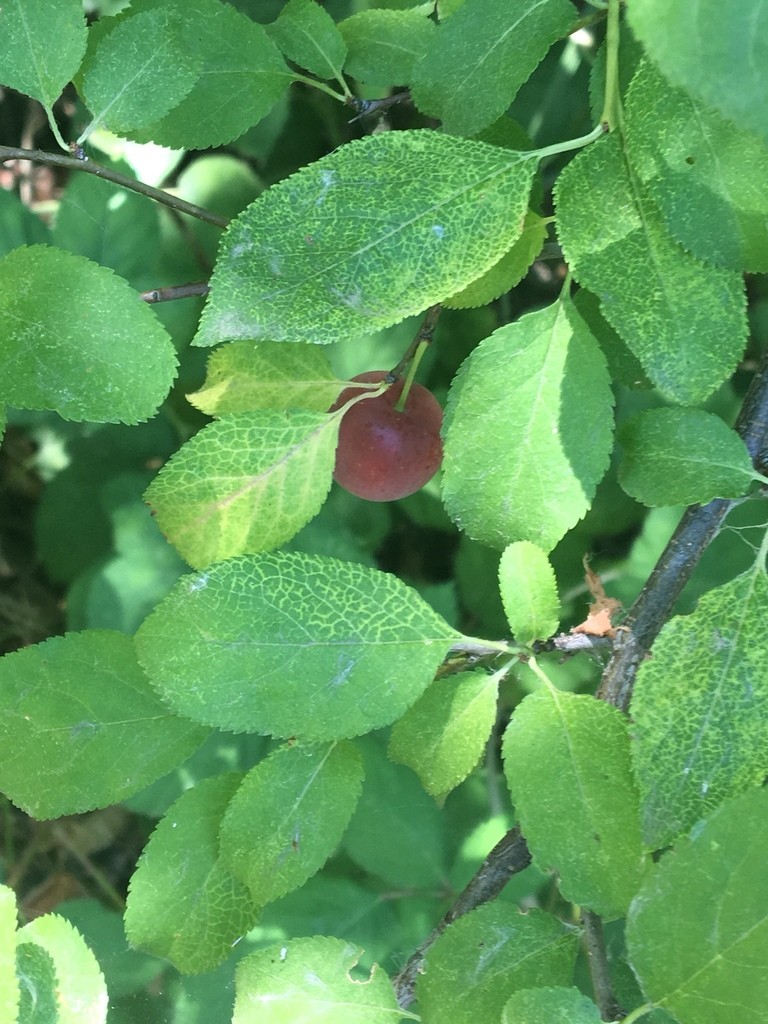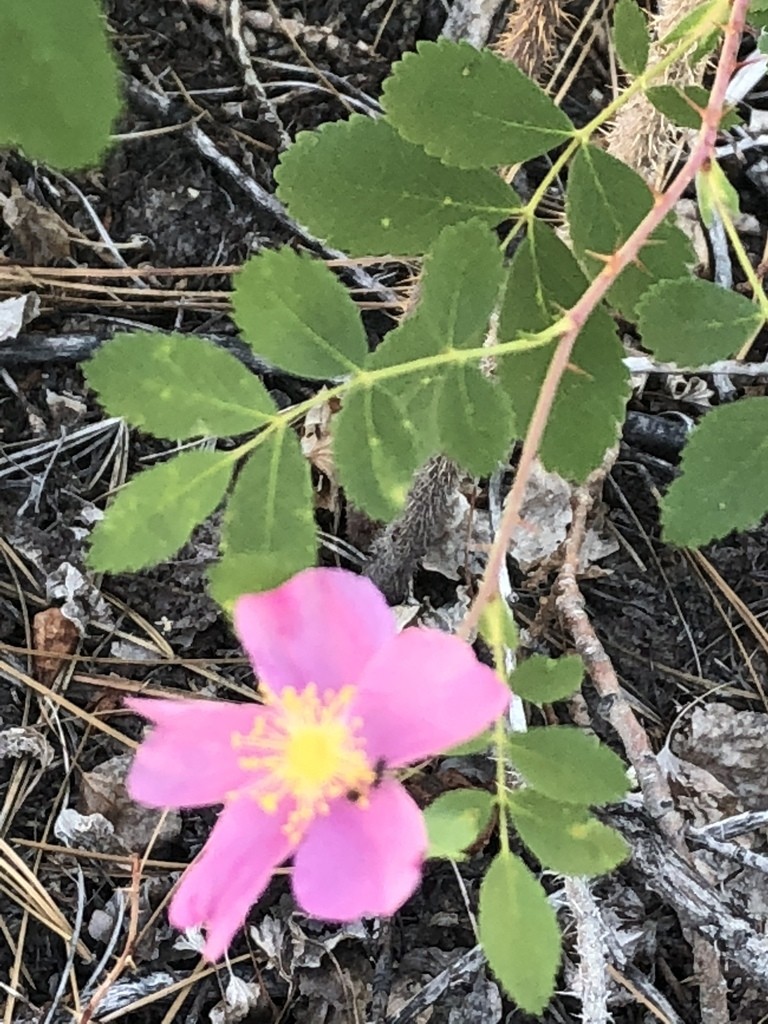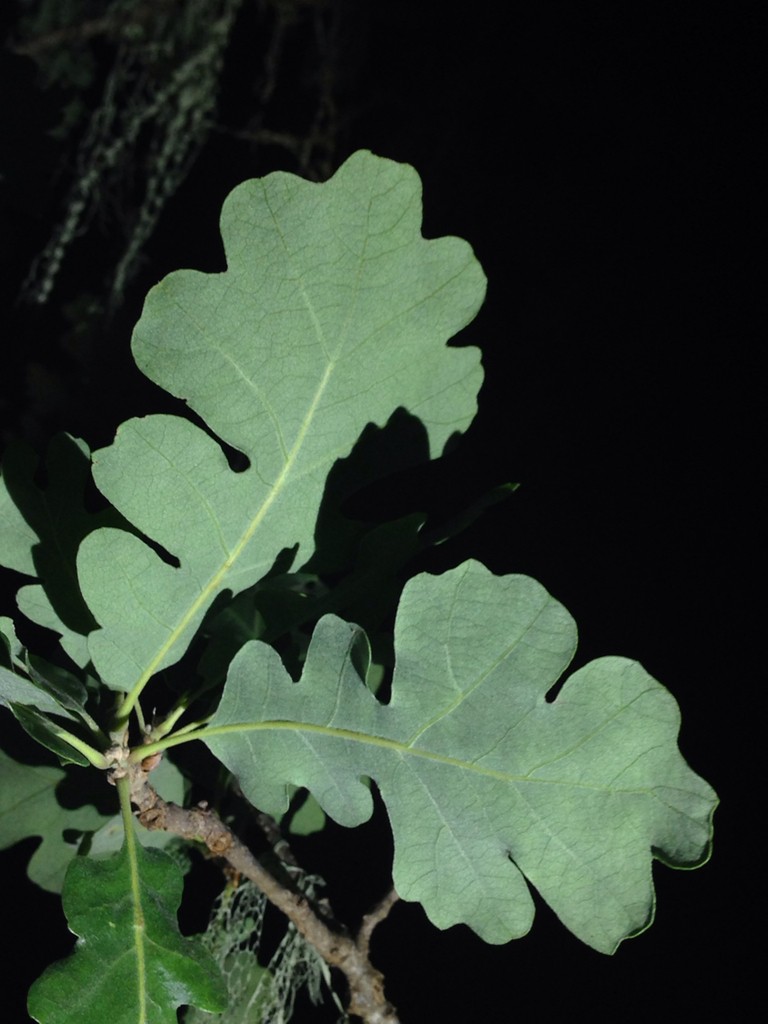Inch plant 'Maiden's Blush'
Inch plant 'Maiden's Blush' is a delightful hybrid with leaves that are a combination of green, white, and a blushing pink, which explains the plant's name. In comparison, the parent plant, Tradescantia fluminensis, has plainer all-green leaves. These are the plant's main ornamental appeal, but it also produces occasional white flowers.






















